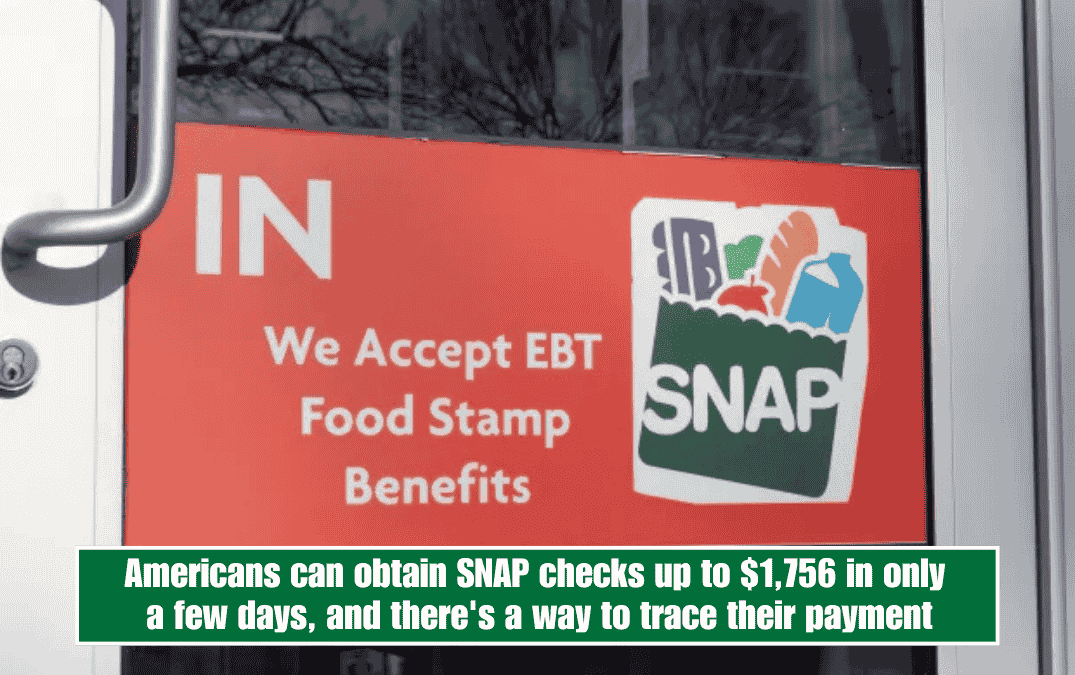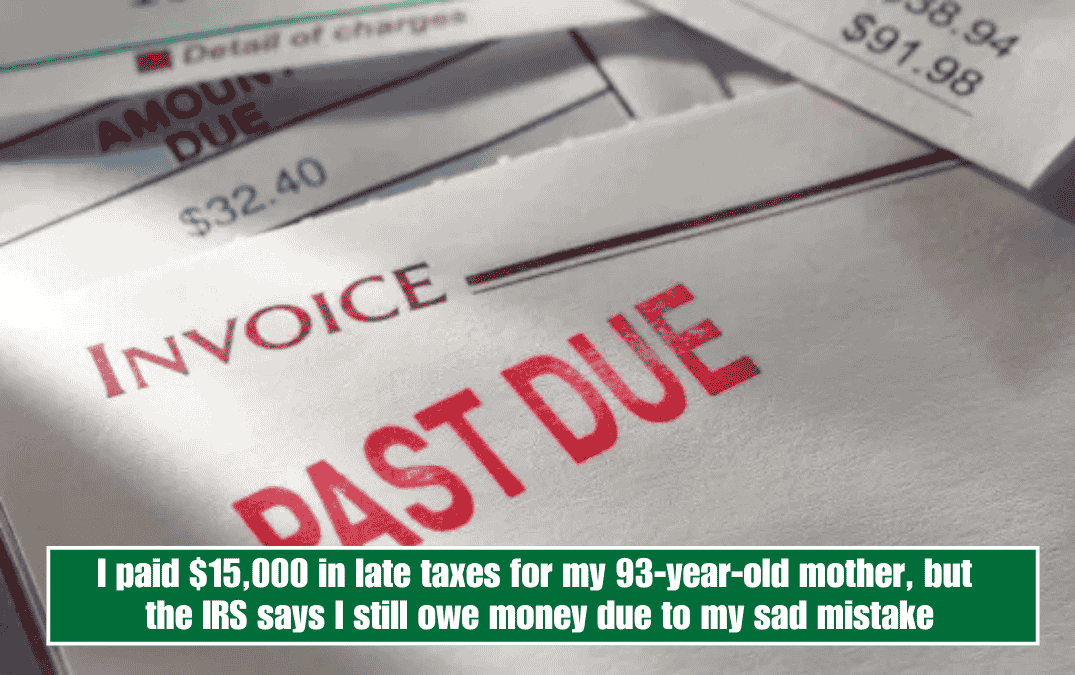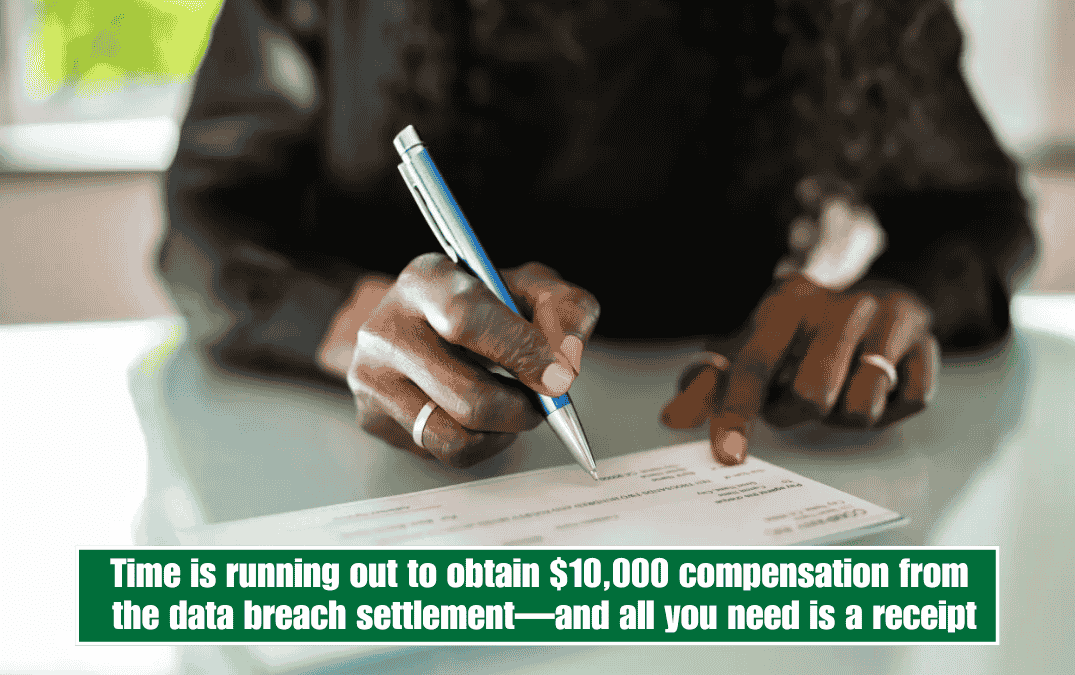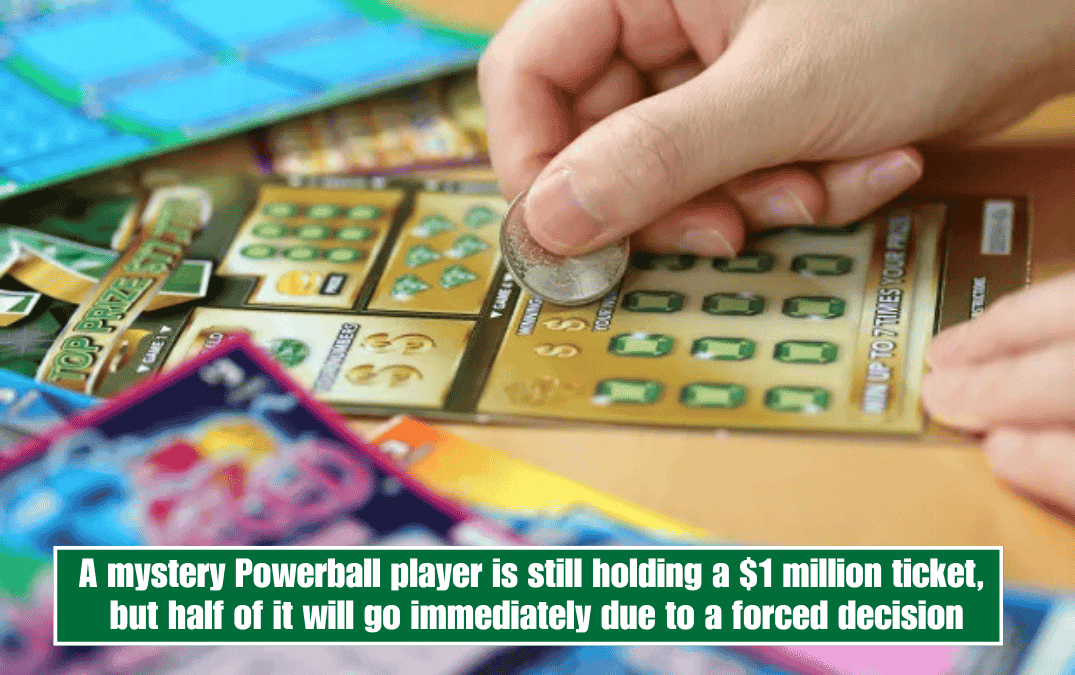Proposed federal budget cuts and state restrictions may have an impact on the program’s future.
SNAP payments are scheduled to be distributed throughout May.
However, not all recipients in the United States will receive their benefits on the same day.
The Supplemental Nutrition Assistance Program (SNAP) provides monthly assistance to low-income families to help them cover grocery expenses.
SNAP is the federal government’s largest nutrition assistance program.
It provides assistance to low-income individuals and families via a card loaded with electronic benefits.
Funds are loaded onto electronic benefit transfer (EBT) cards, which can be used at participating stores and select online retailers.
SNAP recipients can use their benefits to buy eligible groceries.
These include fruits and vegetables, meat, poultry, and fish; breads and cereals; dairy products; snack foods; and non-alcoholic beverages.
The program is especially beneficial to older Americans who may be struggling with hunger, malnutrition, or a low income.
To be eligible for the program, applicants must live in the state for which they apply and meet certain bank balance requirements.
To be eligible for SNAP, households must meet three requirements: income at or below 130% of the poverty line, net income at or below the poverty line, and asset limits of $2,750 (or $4,250 for households with a disabled member aged 60 or older).
Despite federal funding, each state is responsible for how the program is implemented, so distribution dates vary by state.
SNAP recipients can track their payments through their state’s online portal.
There is no universal federal system for tracking SNAP payments, so you must use state-specific portals and mobile apps.
SNAP payment dates by US state and territory
- Alabama: May 4 to 23
- Alaska: May 1
- Arizona: May 1 to 13
- Arkansas: May 4 to 13
- California: May 1 to 10
- Colorado: May 1 to 10
- Connecticut: May 1 to 3
- Delaware: May 2 to 23
- District of Columbia: May 1 to 10
- Florida: May 1 to 28
- Georgia: May 5 to 23
- Guam: May 1 to 10
- Hawaii: May 3 to 5
- Idaho: May 1 to 10
- Illinois: May 1 to 20
- Indiana: May 5 to 23
- Iowa: May 1 to 10
- Kansas: May 1 to 10
- Kentucky: May 1 to 19
- Louisiana: May 1 to 23
- Maine: May 10 to 14
- Maryland: May 4 to 23
- Massachusetts: May 1 to 14
- Michigan: May 3 to 21
- Minnesota: May 4 to 13
- Mississippi: May 4 to 21
- Missouri: May 1 to 22
- Montana: May 2 to 6
- Nebraska: May 1 to 5
- Nevada: May 1 to 10
- New Hampshire: May 5
- New Jersey: May 1 to 5
- New Mexico: May 1 to 20
- New York: May 1 to 9
- North Carolina: May 3 to 21
- North Dakota: May 1
- Ohio: May 2 to 20
- Oklahoma: May 1 to 10
- Oregon: May 1 to 9
- Pennsylvania: May 3 to 14
- Puerto Rico: May 4 to May 22
- Rhode Island: May 1
- South Carolina: May 1 to 19
- South Dakota: May 10
- Tennessee: May 1 to 20
- Texas: May 1 to 28
- Utah: May 5, 11 and 15
- Virgin Islands: May 1
- Vermont: May 1
- Virginia: May 1 to 7
- Washington: May 1 to 20
- West Virginia: May 1 to 9
- Wisconsin: May 1 to 15
- Wyoming: May 1 to 4
Payment timing varies by state and recipient case number.
In California, for example, people with case numbers ending in 01 receive their benefits before those ending in 99.
Other states, such as Connecticut and Delaware, make payments based on the first letter of the recipient’s last name.
States with fewer residents, such as Alaska and South Dakota, issue all benefits on the same day.
While SNAP payments are expected to continue as planned, the program may undergo significant reforms under the Trump administration.
The House passed a budget directing the Agriculture Committee to reduce $230 billion in program spending by 2034.
Although SNAP is not specifically mentioned, experts believe it will bear the brunt of the reductions.
Furthermore, lawmakers in several Republican-controlled states are considering legislation to prohibit SNAP funds from being spent on soda and candy.















